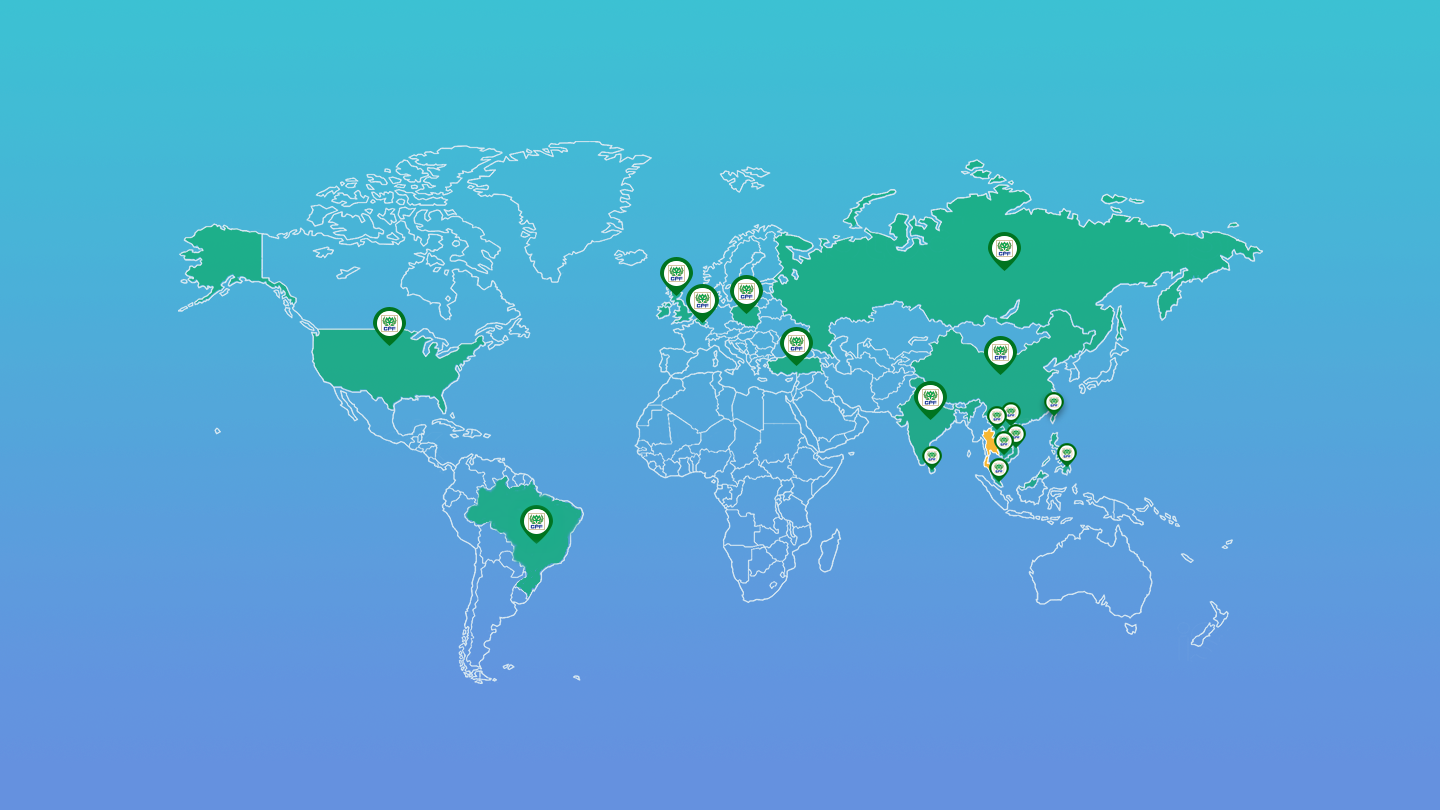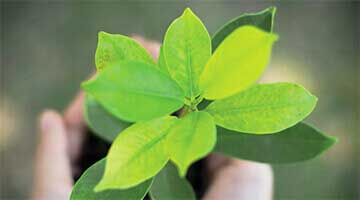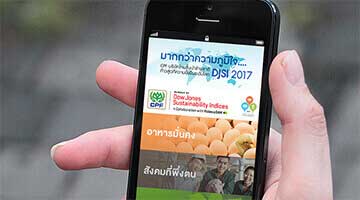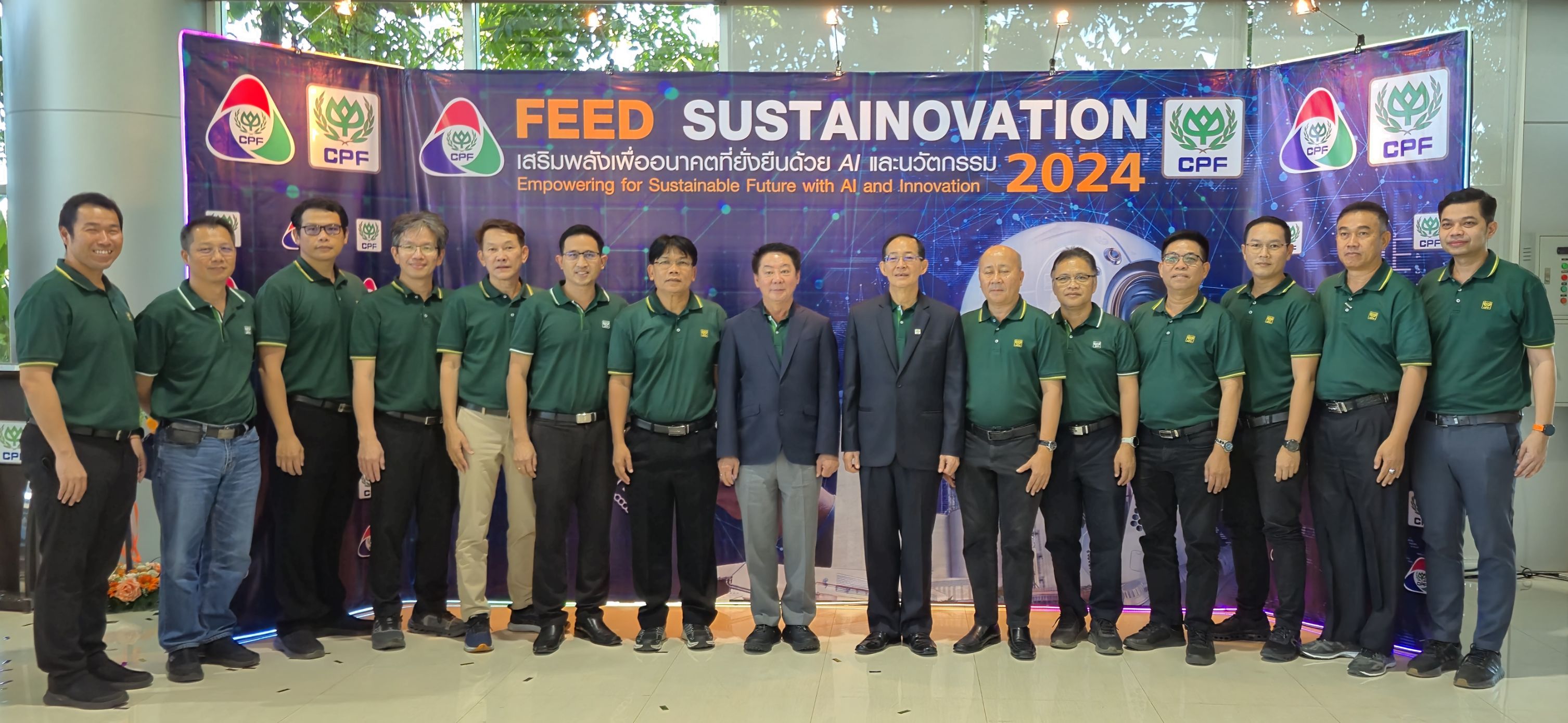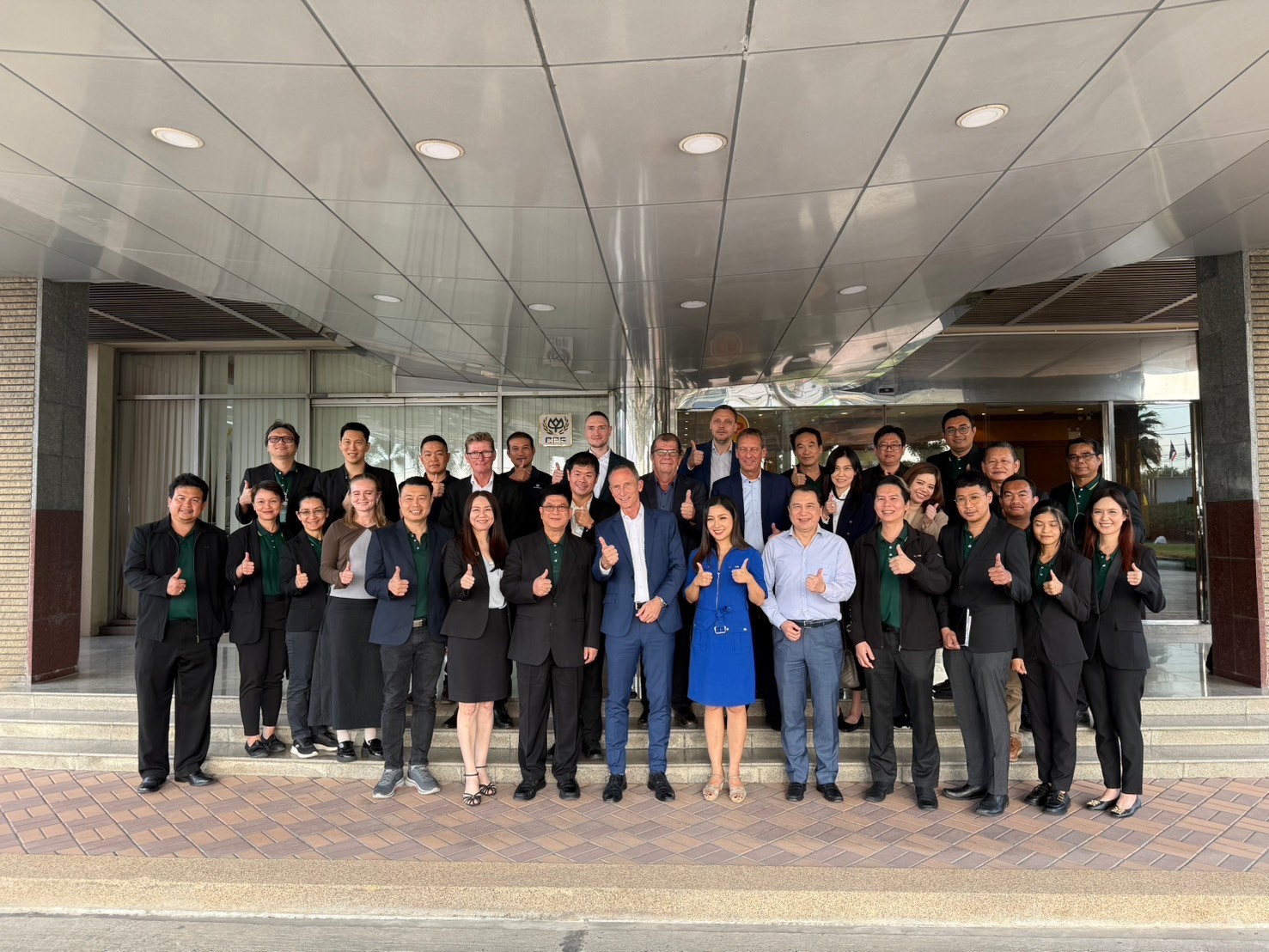

Charoen Pokphand Foods Public Company Limited (CP
Foods) has shown its success on sustainable packaging development, announcing
that 99.9% of plastic packaging for food products in Thailand can be reusable
or recyclable or upcyclable or compostable.
Kitti Wangwiwatsilp, Chairman of the CP Foods’ Sustainable Packaging Working Group, says the company has been developed and designed its packages by taking environmental impact into account. This is because sustainable package is crucial for achieving low-carbon organization goals.
“CP Foods places utmost importance to food safety throughout the production process along with eco-conscious food packaging design,” said Kitti, adding that the company uses “food grade” quality plastic material that meets international safety standards and, thus, consumers can be confident in CP Foods’ product quality.
In this regard, CP Foods integrates sustainable packaging management as a part of the company's sustainability goals to mitigate environmental impacts and support Thailand's plastic waste roadmap.
By 2025, CP Foods aims to reduce the amount of Waste Disposal by Landfill and Incineration per Production Unit by 35% compared to the 2015 base year. Moreover, it has set goals that 100% of plastic packaging for food products to be reusable or recyclable or upcyclable or compostable by 2025 for Thailand operations and by 2030 for Overseas operations.
To achieve such goals, the company applies the concept of “FEE” to the design and development of packaging, starting from, Functional, which is to develop packaging that helps extend the life of food and, thus reducing food waste problems; Emotional, an attractive packaging design and, lastly; Ethics, emphasizing on the highest safety for consumers, contamination-free product, nutritional value and environmental impact.
Aside the sustainable design concept, CP Foods is committed to reducing the weight of food packaging by 1,000 tons by 2025. As a result of the commitment, the company and suppliers have mutually developed alternative designs by using new materials, reducing thickness, adjusting sizes or changing formats of food packaging while maintaining their properties and effectiveness in completely keeping the products safe and preserving nutritional values.
Sample projects being implemented included improving a method for sealing bags containing fresh chicken from tying the bag mouths to heat sealing which helps reduce sizes of the bags, resulting in a reduction of plastic consumption. CP Foods has also developed new packaging innovations by using the mono material of the 2-layer plastic film.
“These sustainable innovations will drive CP Foods towards the Design for Recycle principle, encouraging consumers to sort used plastics for the recycling and, consequently, reducing greenhouse gas emissions in line with the company’s sustainable goals.’ Mr. Kitti said.

